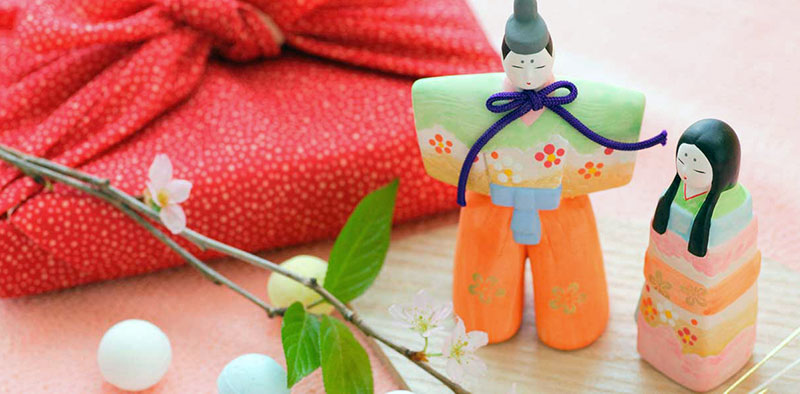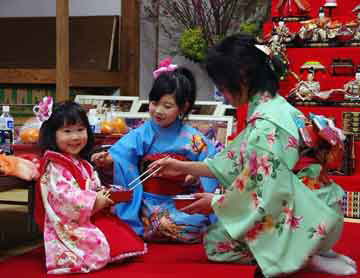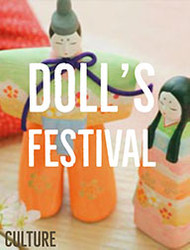Japanese Festival of Dolls (Hina-Matsuri)
Posted by Yoshi Kai on 1st Mar 2019

In Japan, one of the sure signs of the arrival of spring is Hina-Matsuri, the Festival of Dolls.
Japanese have celebrated Hina-Matsuri since at least the 8th-century Heian period. During this time Japan experienced a great flourishing in culture. In Heian, playing with dolls was popular not only among young girls but also women of nobility.
Festivities begin in the last week of February. The main festival is always on March 3rd, the third day of the third month. It is a day of national celebration of young girls, and a day of prayers for their wellness and continued happiness in life.
 One of the main features of the festival is the display of kimono-clad dolls called Hina-Ningyo.
One of the main features of the festival is the display of kimono-clad dolls called Hina-Ningyo.
Families give these beautiful, handmade dolls to their little girls, who keep them for life and pass them down from generation to generation.
For the Japanese, Hina-Ningyo are more than just pretty dolls. They are also magical creatures who possess supernatural powers to ward off evil spirits and protect little girls.
No celebration in Japan is ever complete without festive dishes, and Hina-Matsuri is no exception.
Traditional dishes for the day include delicacies such as Chirashi-zushi rice with a variety of mouth-watering toppings, colorful Hina-arare rice crackers, and Hishi-mochi rice cakes shaped like diamonds.

During Hina-Matsuri, a joyful and festive mood blankets the whole of Japan and entire communities. There is no shortage of restaurants, hotels, day spas, and other businesses which offer special menus and fun activities for the occasion. The picture is the Hina-Matsuri flyer from a small nearby community called Aya town.

